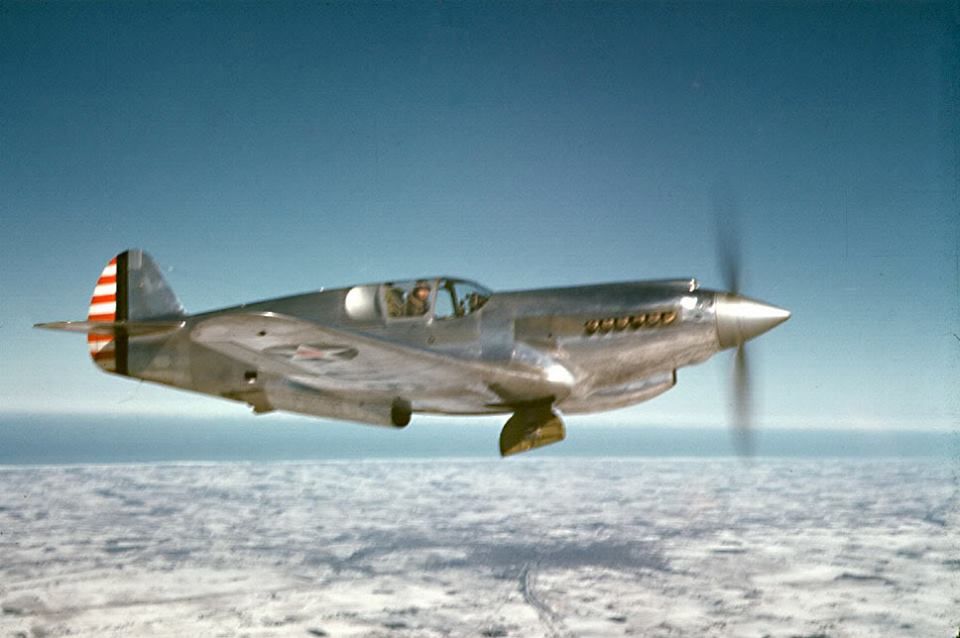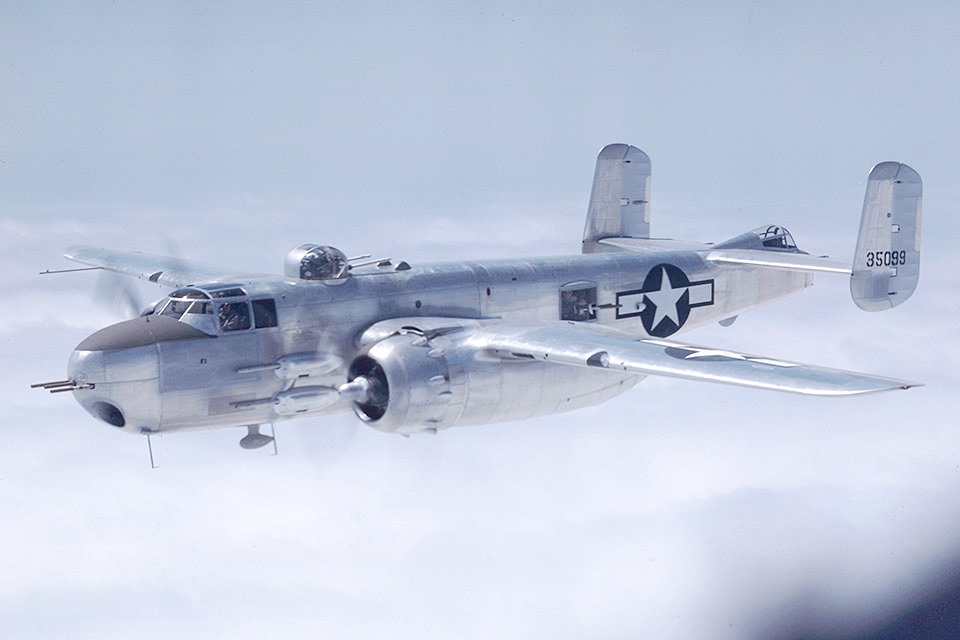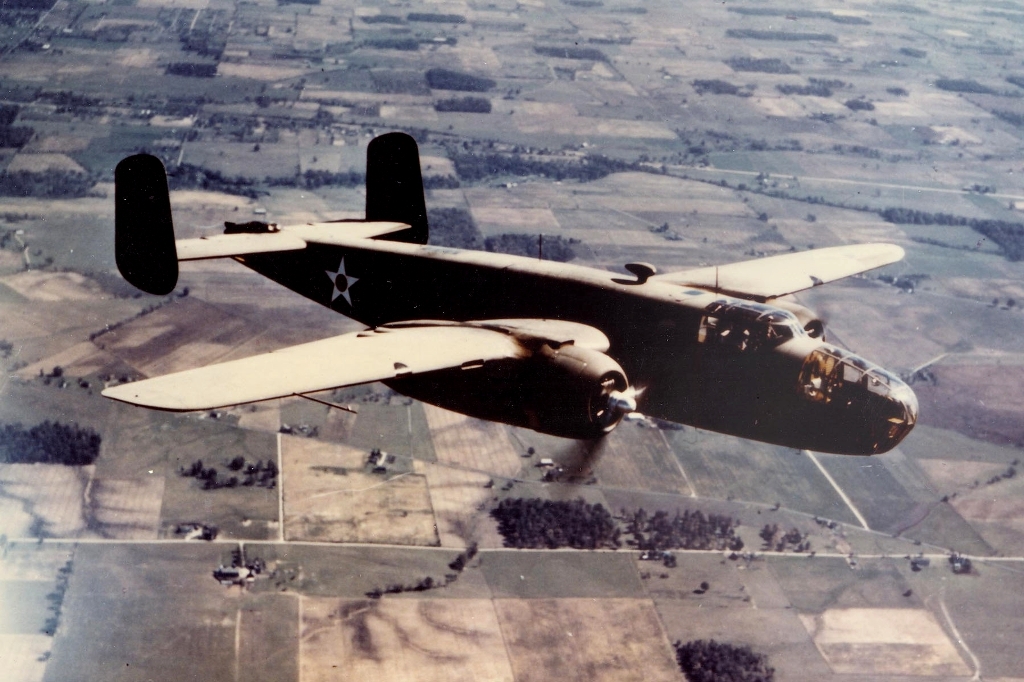
The battleship USS New Mexico (BB-40), loading projectiles for her 14-inch/50-caliber guns prior to the invasion of Guam, July 1944. The yellow noses of the projectiles indicate these were the Mark 19 High Capacity rounds, each weighing 1,275 lb (578 kg). The New Mexico class carried twelve 14”50 guns, each of which could fire at a rate of two rounds per minute. (80-G-K-14228).



































































